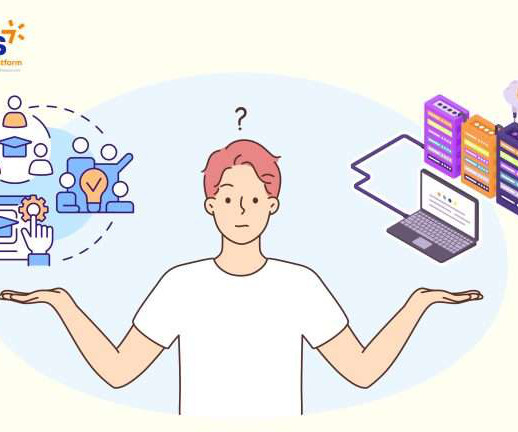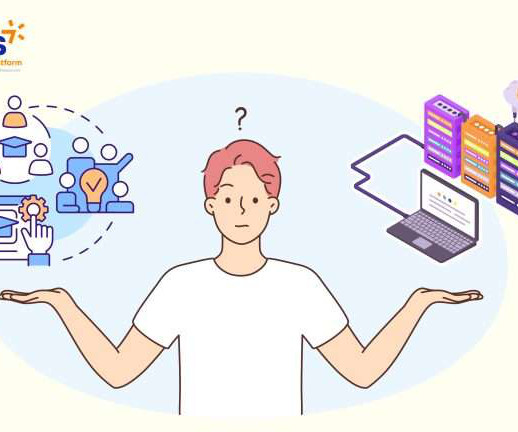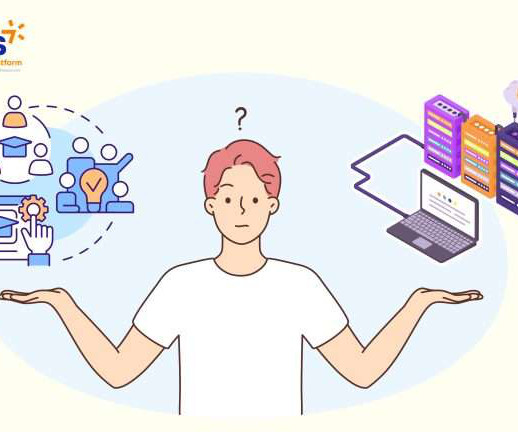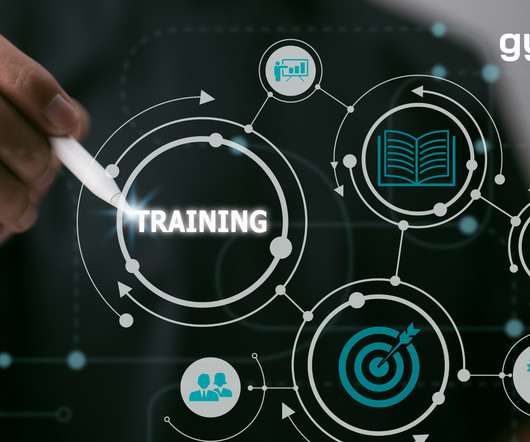Exploring Various eLearning Formats: A Comprehensive Guide
Gyrus
MARCH 15, 2024
Today, technological advancements in the eLearning space enable interactive and dynamic learning experiences. Types of eLearning Formats Some of the common types of eLearning formats include: Synchronous eLearning Synchronous eLearning refers to real-time learning where learners and instructors interact simultaneously.














Let's personalize your content